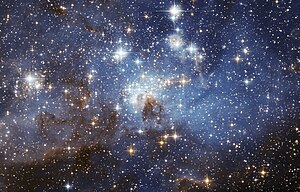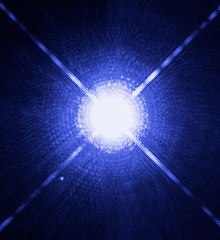How to Identify Mineral
The properties I learned in this lab are to identify the minerals on its streak, luster, hardness, cleavage and fracture. We used streak to identify the minerals color, if its color or colorless by scratch it to the streak plate. We used luster to identify if the mineral is metallic or non-metallic by sticking it to a magnet. We used hardness to see if the mineral is hard or soft by scratching it to a glass plate. Last but not at least we look carefully to see if it cleavage or fracture, if the mineral break evenly its cleavage and if it break unevenly its fracture.
Reflection:
1. What did you enjoy most about this project and why?
I enjoy working with my partner by filming and testing the minerals properties.
2. What was challenging for you during this project and why?
Everything was going good till the lab repot came along it was the most challenging because we had to look for information and write a whole paragraph and in our own words.
3. What new skills did you learn from doing this project?
I learned a lot about minerals and how to identify them to see in what category it comes from.
4. Is there anything that you could have done to improve any of your work?
I would do the video again because we had some mistakes in some parts in the video by taking things we didn’t suppose to and by forgetting to use one of the materials which are penny and nail and magnet.









